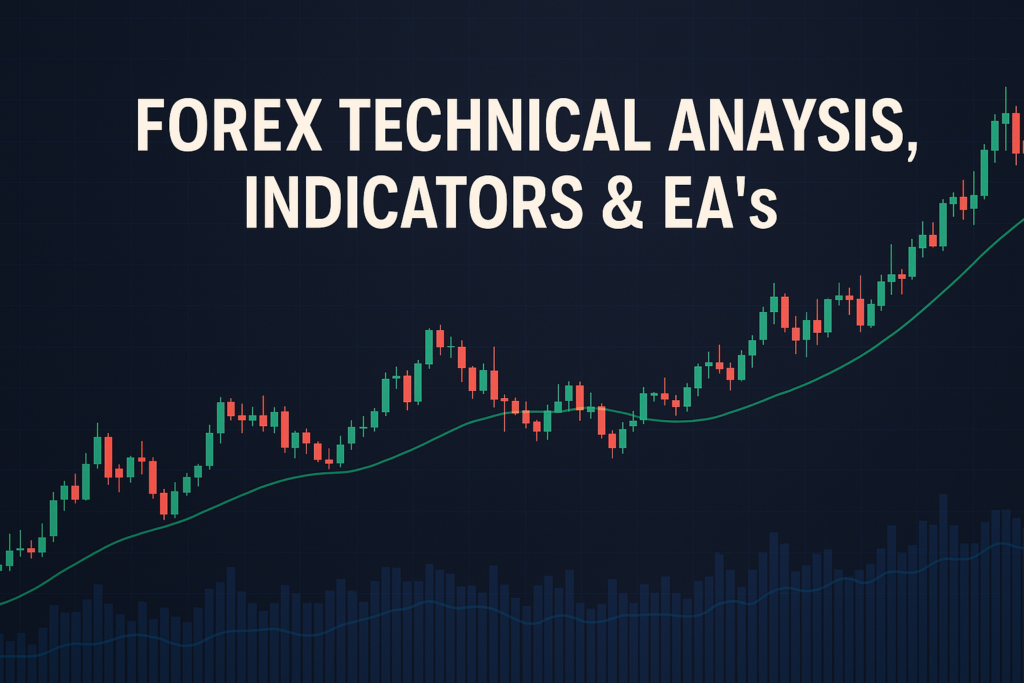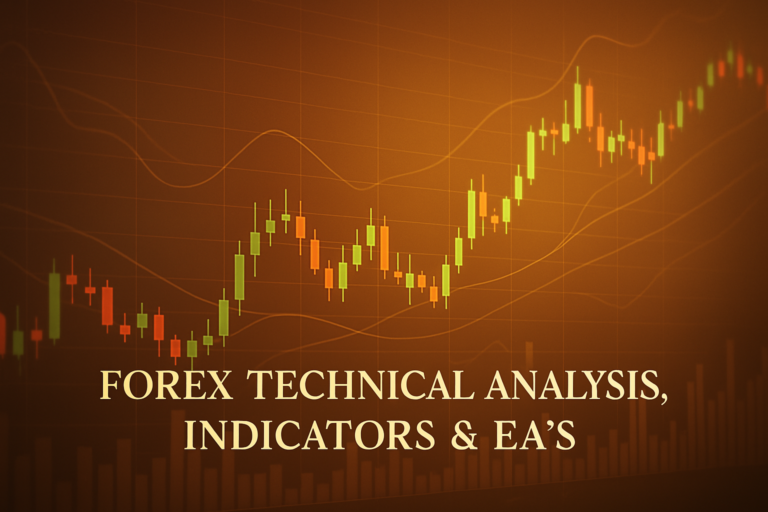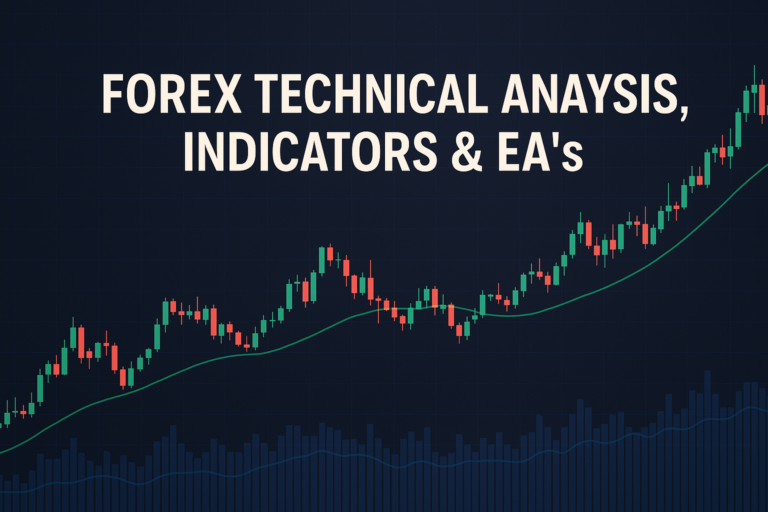
The MACD moving average is a key tool in Forex trading, helping traders identify trends and make informed decisions.
The MACD moving average is a powerful tool in Forex trading. It helps traders identify trends and potential entry and exit points. By understanding this tool, traders can make informed decisions and increase their chances of success.
However, many traders, both beginners and professionals, struggle with the MACD moving average. They find it challenging to interpret the signals and apply them effectively in their trading strategies. This confusion can lead to missed opportunities or costly mistakes.
Understanding the MACD moving average is essential for anyone looking to improve their trading skills. By grasping its concepts and applications, traders can benefit greatly from this versatile indicator.
This article will cover what the MACD moving average is, its history, how to apply it on trading platforms, various trading strategies, and common FAQs. We aim to make this information clear and engaging for everyone.
Sometimes, traders may face issues with their tools. One notable problem is the EA (Expert Advisor) Malfunction, which can hinder trading efficiency.
What is a MACD Moving Average?
What is a MACD Moving Average?
The MACD moving average, or Moving Average Convergence Divergence, is a trend-following momentum indicator. Simply put, it helps traders see the relationship between two moving averages of a security’s price. Imagine you are riding a bicycle. The MACD shows you if you are speeding up or slowing down, helping you decide when to pedal harder or coast.
Types of MACD Moving Average
There are several types of moving averages used in the MACD. The main ones are:
- Simple Moving Average (SMA): This is the average price over a specific period. Think of it as a straightforward average.
- Exponential Moving Average (EMA): This gives more weight to recent prices. It reacts faster to price changes, like a friend who notices your mood immediately.
- Weighted Moving Average (WMA): This averages prices but places more importance on certain price periods. It’s like giving more attention to your recent grades in school.
How MACD Moving Average Smooths Out Price Action
The MACD moving average smooths out price action by filtering out the noise of daily price fluctuations. It helps traders see the bigger picture. For instance, if a stock price is bouncing around, the MACD will provide a clearer trend direction, like a calm voice in a chaotic room.
Common Periods Used and Why
Traders typically use common periods like 12, 26, and 9 when working with the MACD moving average. The 12-day EMA and 26-day EMA are used to calculate the MACD line, while the 9-day EMA creates the signal line. These periods help in identifying trends over both short and long durations, just like deciding whether to wear a jacket based on today’s weather or the season.
The History of MACD Moving Average: How It Became Popular
Origin of MACD Moving Average
The MACD moving average was created by Gerald Appel in the late 1970s. He wanted a tool that combined moving averages to help traders identify momentum shifts. It quickly gained popularity for its effectiveness and simplicity.
When Did Traders Start Using It Widely?
By the 1980s, the MACD moving average became widely adopted among traders. Its ability to highlight changes in momentum made it a favorite for both new and experienced traders. People started realizing they could use it to spot potential buy and sell signals.
Real-Life Stories
Many professional traders have shared their success stories using the MACD moving average. For example, a trader named Sarah used it to identify a significant upward trend in a currency pair. She bought in early and made a substantial profit when she sold at a higher price. Stories like hers inspire many others to learn and apply this powerful tool.
Advantages and Disadvantages of MACD Moving Average
Advantages
Here are some advantages of using the MACD moving average:
- Helps Identify Trends Easily: The MACD shows clear signals for uptrends and downtrends, making it easier for traders to make decisions.
- Useful for Dynamic Support and Resistance: The MACD can help determine areas where price might reverse, acting as a guide for traders.
- Works Well for Crossover Strategies: The MACD is effective for identifying crossover points, which can be great entry and exit signals.
Disadvantages
However, there are some disadvantages:
- lags Behind Price Movements: The MACD is a lagging indicator, meaning it may react too slowly to sudden price changes.
- Can Give False Signals in Sideways Markets: When the market is sideways, the MACD can produce misleading signals, leading to confusion.
How to Apply MACD Moving Average on MT4 & MT5
Step-by-Step Guide to Adding MACD Moving Average on Charts
To add the MACD moving average on MT4 or MT5, follow these steps:
- Open your trading platform and select the chart you want to analyze.
- Click on “Insert,” then “Indicators,” and select “Trend” followed by “MACD.”
- Adjust the settings as desired, and click “OK.” The MACD will now appear on your chart.
Customizing MACD Moving Average Settings
You can customize your MACD moving average settings. Change the periods, colors, and types to suit your trading style. This allows for a more personalized trading experience, just like customizing your own playlist.
Saving Templates for Easy Application
Once you have set your MACD moving average the way you like, save it as a template. This way, you can easily apply it to other charts without starting from scratch again. It’s like saving your favorite recipe for quick access later.
5 to 7 Trading Strategies Using Only MACD Moving Average
Strategy 1: All Time Frame Strategy
Best time frame: M5 to D1. This strategy involves using the MACD across different time frames to confirm trends. Buy when the MACD line crosses above the signal line and sell when it crosses below.
Strategy 2: Trending Strategies
Best time frame: H1. In a strong trend, look for MACD crossovers in the direction of the trend. For instance, if the trend is up, buy when the MACD crosses above the signal line.
Strategy 3: Counter Trade Strategies
Best time frame: H4. This strategy involves trading against the trend when the MACD shows divergence. If prices are rising but the MACD is falling, consider selling.
Strategy 4: Swing Trades Strategies
Best time frame: D1. Use the MACD to catch swings in price. Buy when the MACD line crosses above the signal line and prices pull back to support levels.
Strategy 5: Crossover Confirmation
Best time frame: M30. Use the MACD crossover as confirmation for other indicators. For example, if a moving average crossover occurs and the MACD also crosses, it strengthens your trade signal.
Strategy 6: Divergence Strategy
Best time frame: H1. Look for divergence between price and MACD. If prices make new highs but the MACD fails to do so, it may signal a reversal opportunity.
5 to 7 Trading Strategies Combining MACD Moving Average with Other Indicators
Strategy 1: MACD with RSI
Best time frame: H4. Use the MACD in conjunction with the Relative Strength Index (RSI). Buy when both indicators signal oversold conditions and the MACD crosses above the signal line.
Strategy 2: MACD with Bollinger Bands
Best time frame: M15. Combine the MACD with Bollinger Bands. Buy when the price touches the lower band while the MACD signals an upward momentum.
Strategy 3: MACD with Fibonacci Retracement
Best time frame: D1. Use Fibonacci retracement levels and look for MACD crossovers at these levels to confirm entries and exits.
Strategy 4: MACD with Stochastic Oscillator
Best time frame: H1. Use the Stochastic Oscillator to confirm MACD signals. Buy when both indicators are oversold and the MACD crosses up.
Strategy 5: MACD with Moving Averages
Best time frame: M30. Combine the MACD with a simple moving average. Buy when the price is above the moving average and the MACD crosses above the signal line.
Strategy 6: MACD with Trendlines
Best time frame: H4. Draw trendlines on price action and use MACD to confirm breakouts. Buy when the price breaks above the trendline and MACD confirms the trend.
Another challenge traders might face is a Trade Execution Timeout, which can affect their trades.
Top 10 FAQs About MACD Moving Average
1. What does MACD stand for?
MACD stands for Moving Average Convergence Divergence. It is an indicator that shows the relationship between two moving averages of a security’s price.
2. How do I interpret MACD signals?
Look for crossovers between the MACD line and the signal line. A crossover above indicates a buy signal, while below indicates a sell signal.
3. Can I use MACD for all assets?
Yes, the MACD can be applied to various assets, including stocks, currencies, and commodities.
4. What timeframes work best for MACD?
MACD works on all timeframes, but traders often prefer H1, H4, and D1 for better trend visibility.
5. Is MACD a leading or lagging indicator?
MACD is a lagging indicator. It reacts to price movements rather than predicting future movements.
6. How can I reduce false signals with MACD?
Combine MACD with other indicators or use it in trending markets to reduce the likelihood of false signals.
7. What is MACD divergence?
MACD divergence occurs when price moves in one direction while the MACD moves in the opposite direction, signaling potential reversals.
8. How do I set MACD periods?
Common settings are 12, 26, and 9. However, you can adjust these based on your trading style.
9. Can MACD predict future price movements?
While MACD can highlight trends, it cannot predict future movements. It is best used in conjunction with other analysis methods.
10. What are the limitations of MACD?
MACD can lag behind price movements and may provide false signals during sideways markets. Always consider this when making trading decisions.
Conclusion
In conclusion, the MACD moving average is a valuable tool for both new and experienced traders. It helps identify trends and potential entry and exit points. However, it is essential to understand its limitations and use it alongside other indicators.
As you start using the MACD moving average, remember to test your strategies on a demo account first. This way, you can refine your approach without risking real money. Happy trading!
If this topic interests you, you’ll find more practical tips here NerdWallet, Statista
Expand Your Knowledge
- 📌 Forex Trading Learning Road Map
- 📌 Forex Trading Course with no Fees
- 📌 Forex Trading Issues, Problems, and Solutions
- 📌 Forex Daily Forecast & Live Updates
- 📌 Forex Fundamental & News Analysis: Tomorrow’s Market Movers & Trade Opportunities
- 📌 Forex Education Hub: Learn & Profit
- 📌 Forex Technical Analysis, Indicators & EA’s
Start Trading Today
Ready to take your forex trading to the next level? Open an account with Exness, one of the most trusted platforms in the industry. 👉 Sign Up Now and trade with confidence!
My recommended broker stands out with ultra-low spreads for beginners, instant withdrawals, and zero spread accounts for pro traders.
Trusted since 2008, lightning-fast execution, no hidden fees, and a secure, transparent trading environment—giving you the edge you need to succeed. 🚀
YouTube Video Library: Related Videos
Note: The video above is embedded from YouTube and is the property of its original creator. We do not own or take responsibility for the content or opinions expressed in the video.



